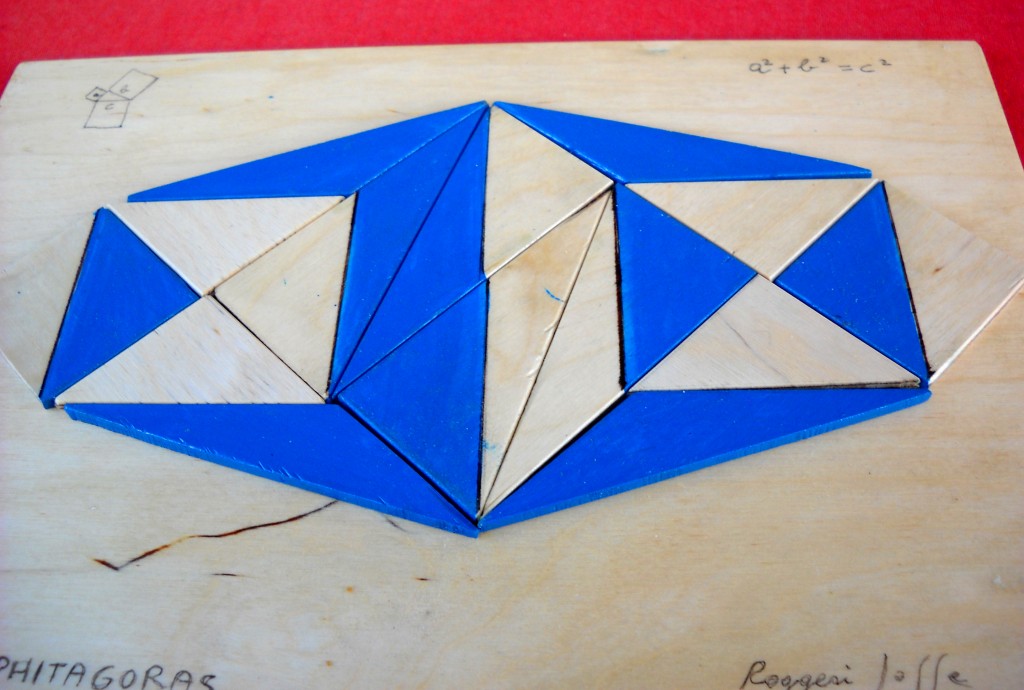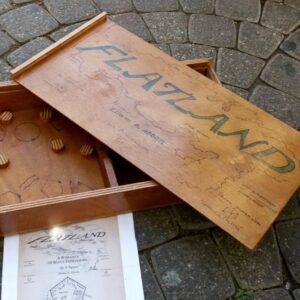This is a tile formed by 14 pieces.
It was situated a hundred years ago in the gardens of the library of Cordoba.
An abstract geometric decoration.
Its origins date back to 1100 , when Cordoba was a center of civilazation , culture and tolerance, in which arabs, jews and christians lived in great harmony.
With fragments of that tile the young disciples of Averroes tried to demonstrate the Pythagorean theorem.
Among the students was there the young Moses Maimonides (Said Ramban).
But it was always lurking obscurantism: a fanatic caliph came and ended the reign of the previous emir.
It has been calculated that 400,000 books of the library were burned. People that did not convert were excuted, many jews died or exiled , and many arab intellectuals , each book was prohibited except the Koran.
Well hidden in the myriad of amazing decorations of the library , that was transformed into mosque, the wise tile was secretly kept to preserve knowledge in obscure times.
Pitagora
Questa è una piastrella formata da 14 pezzi. Si trovò per centinaia di anni nei silenziosi giardini della biblioteca di cordoba. Astratta geometrica decorazione. Le sue origini risalgono al lontano 1100, quando Cordova era un centro di civilta’ cultura e tolleranza,in cui arabi ebrei e cristiani vivevano in grande armonia. Con i frammenti di quella piastrella i giovani discepoli di Averroè si divertivano nella dimostrazione del teorema di Pitagora. Tra gli alunni il giovane Mose Maimonide. (detto Rambam) Ma l’oscurantismo, sempre in agguato ,soppraggiunse, un califfo fanatico pose fine al regno dell’emiro illuminato, si narra che i 400.000 libri della biblioteca furono bruciati, chi non si converti’ fu giustiziato, molti ebrei morirono o si esiliarono, e cosi molti intellettuali arabi, ogni libro fu proibito tranne lo studio del Corano. Nascosta bene nella miriade di mirabolanti decorazioni della biblioteca che fu trasformata in moschea, la saggia piastrella servi’ ancora ,segretamente, a illuminare le menti sulla via della ragione.





